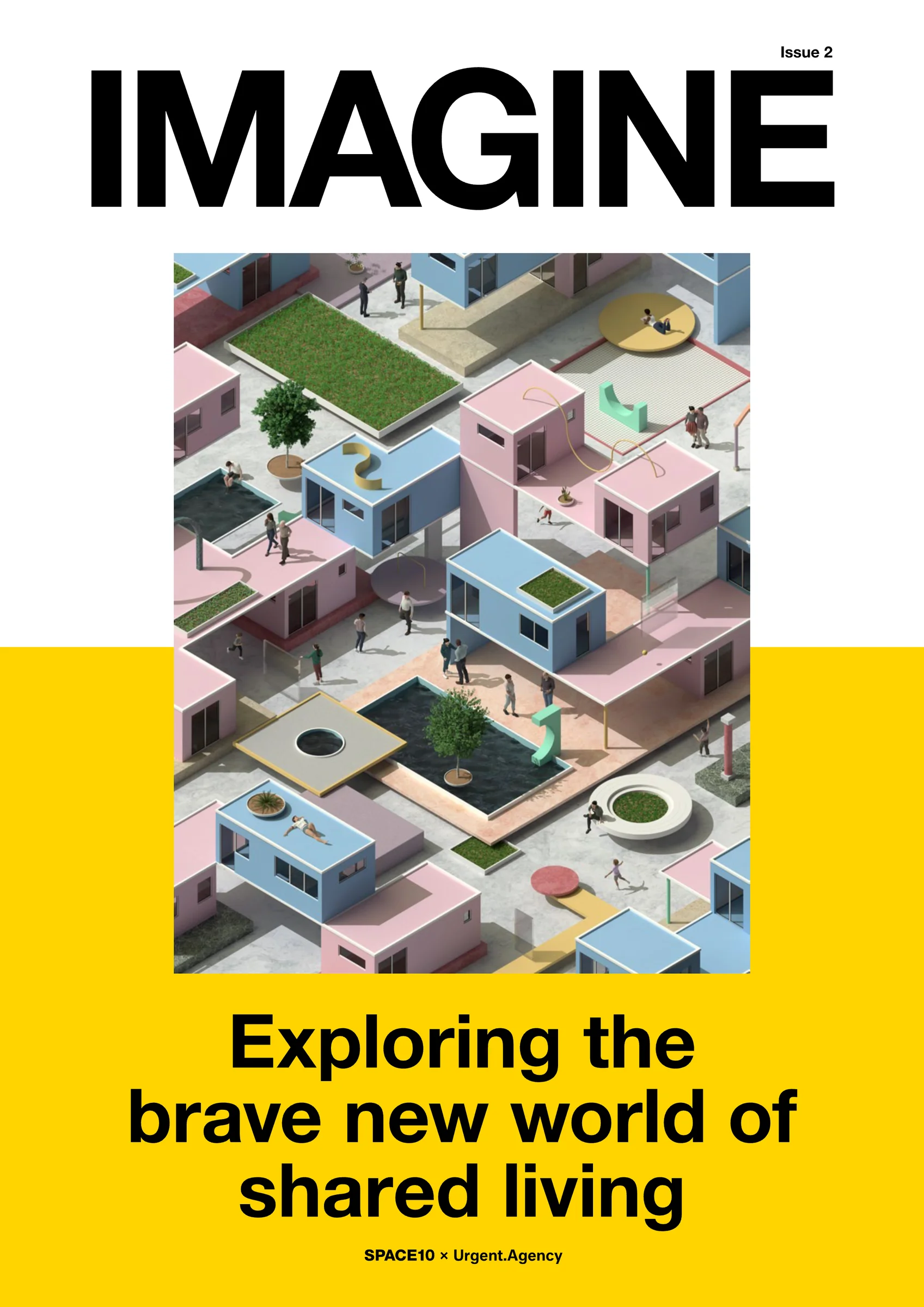Explore Connections
Discover resources that are connected to or have similarities with "IMAGINE - Exploring the Brave New World of Shared Living"
Housing hardships hit home
How can European nations collaborate to address the growing crisis in affordable housing?
What is the financialisation of housing?
How does the shift towards financial interests impact housing accessibility and community wellbeing?
Housing for the Common Good: Rooting European Efforts in Local Approaches
How can European cities adapt local solutions to address the urgent housing crisis effectively?
Von der Leyen to push even harder on housing in 2026
How can the EU ensure affordable living conditions for its citizens amid rising housing costs?
Housing Cooperatives in Europe - Resilience and Adaption to Changing Need
How can housing cooperatives adapt to meet the evolving needs of communities across Europe?
Office to housing conversion: estimating life cycle environmental and financial performance
How can transforming office spaces into residential units balance environmental benefits and financial viability?
Social and affordable housing in Europe: A market gap analysis
How can Europe close the gaps in affordable and social housing availability across regions?
MOBA: Rethinking needs and financing for affordable rent and cooperative housing in Central and South-Eastern Europe
How can innovative funding models address the housing needs in Central and South-Eastern Europe?
The State of Housing in Europe 2025: Trends in a Nutshell
How can we address the widening gap between housing demand and available units across Europe?

